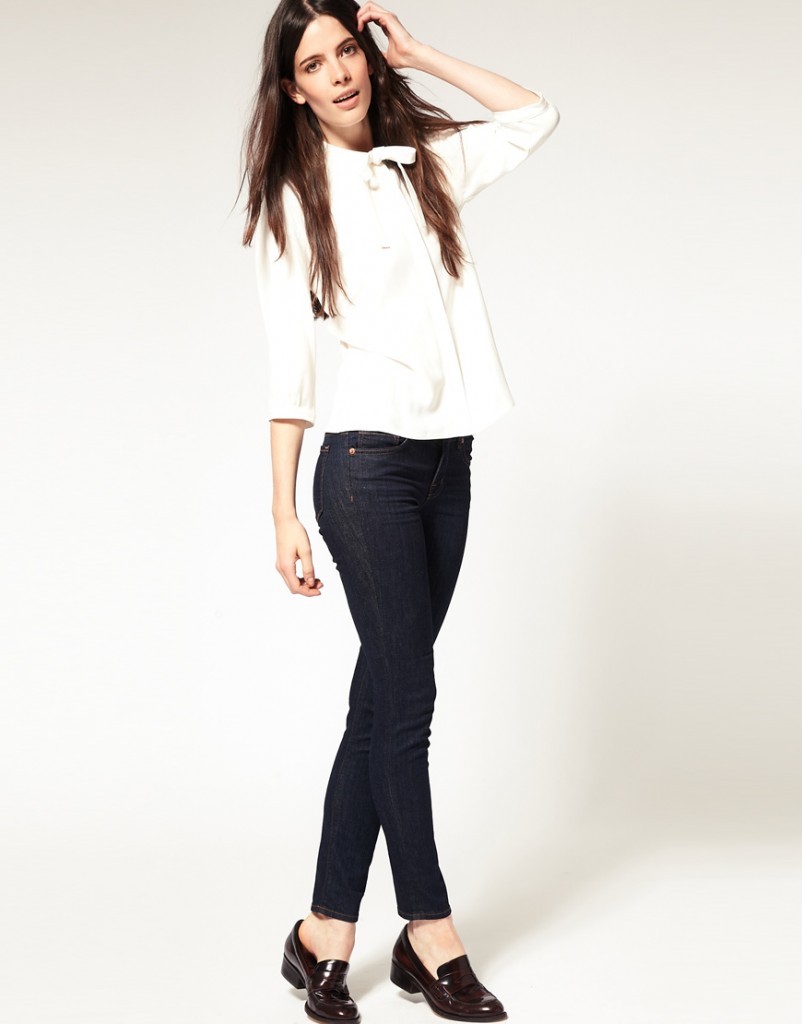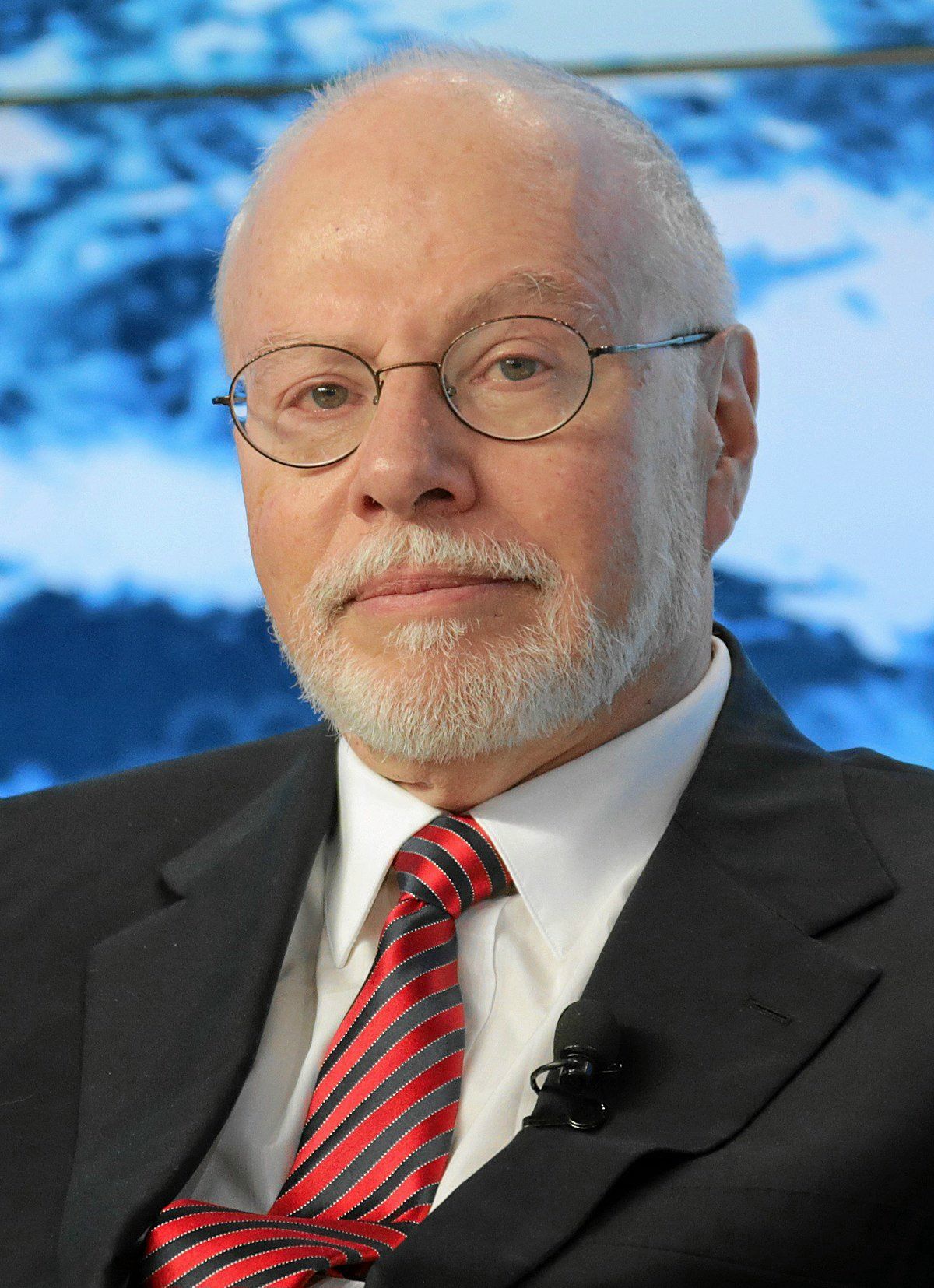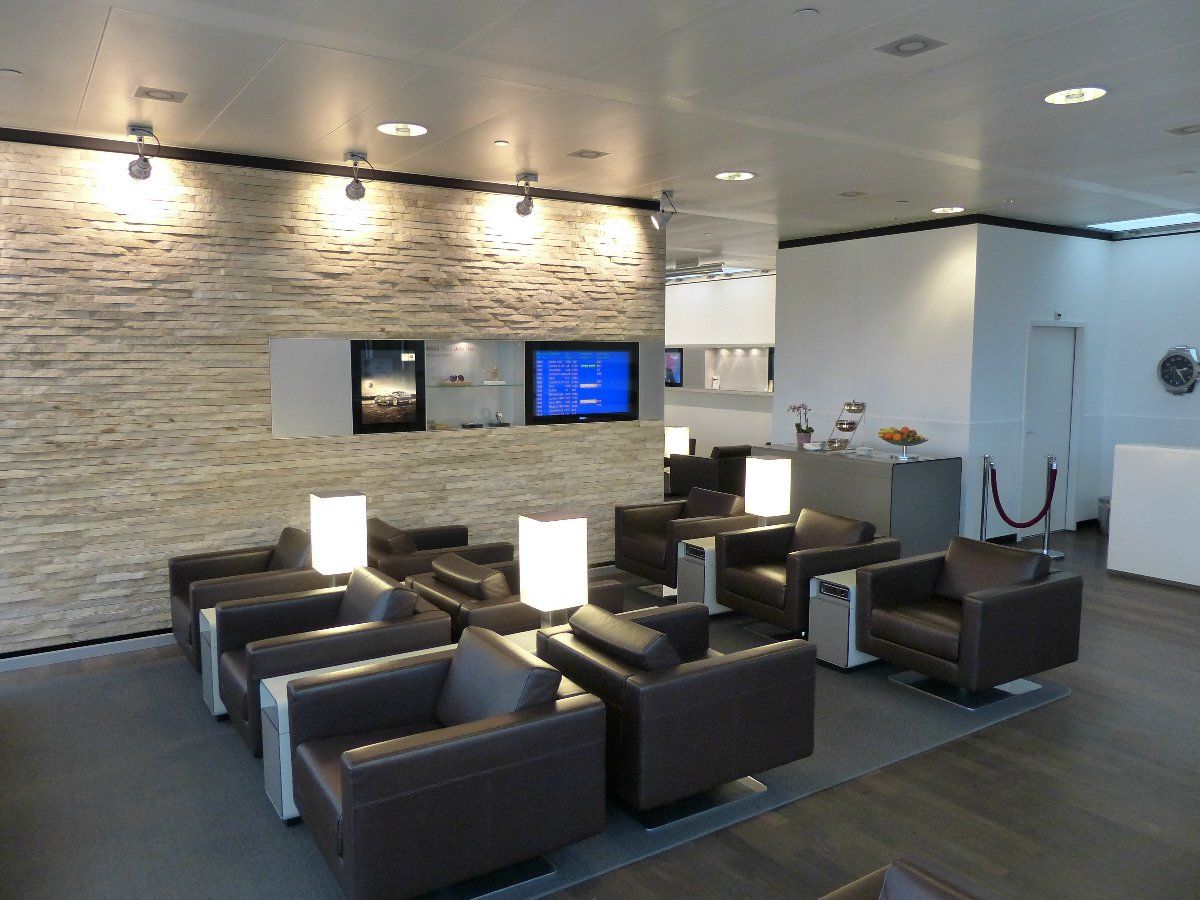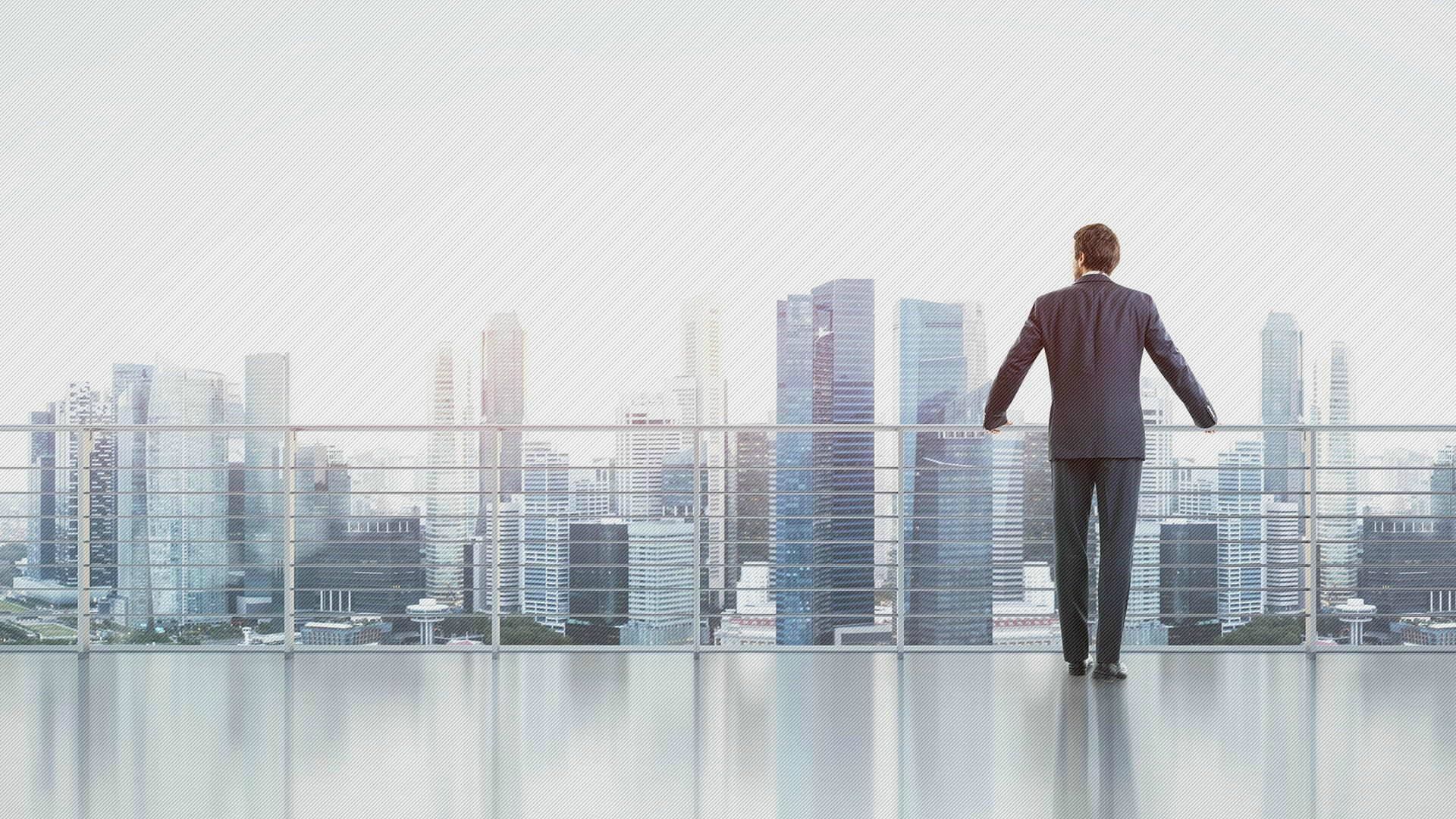The familiar ache pulsed through my arches, a dull throb that had been building since 9:06 AM. My spine, after another long stretch of upright dedication, was beginning to sing a low, insistent blues. I eased the lever, a tiny hiss of hydraulics accompanying the slow, mechanical descent of my standing desk. The chair, a forgotten friend, rose to meet me. Just as my glutes made contact with the cushion, a subtle shift in the peripheral vision. David, two cubes over, paused his rhythmic key-tapping, his head tilting a barely perceptible 6 degrees in my direction. He’d been standing since 8 AM, a human monument to productivity, likely calculating his marathon splits in his head. The look wasn’t overtly hostile, not a glare, but a delicate concoction of pity and something colder, something that smelled suspiciously like judgment. A silent question: *Already sitting?*
It’s a peculiar tyranny, isn’t it? This standing desk cult. It parades around under the banner of health and wellness, armed with studies that, if you squint hard enough, might suggest that standing prevents an early demise by about, oh, 0.6 seconds. The rhetoric is compelling: sitting is the new smoking, movement is life, be active! And yes, these are good maxims, in principle. Nobody argues against sensible movement. But somewhere between the scientific abstract and the open-plan office, a distortion happened. It ceased to be about genuine well-being

































